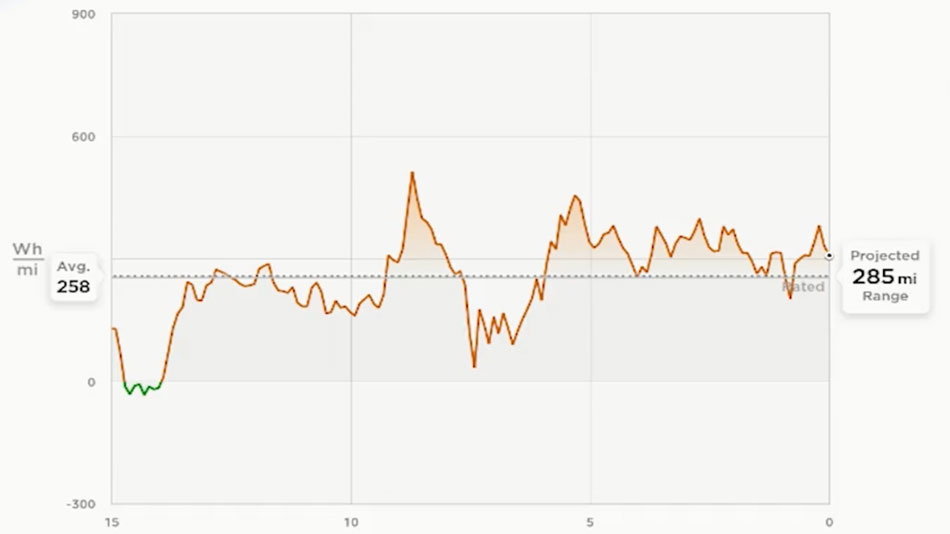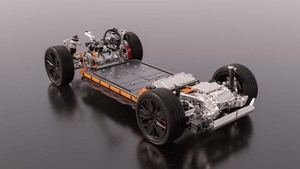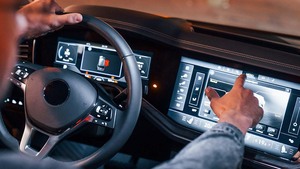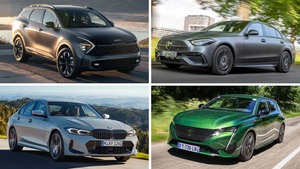Most drivers understand the concept of fuel efficiency in ICE (Internal Combustion Engines) vehicles. Petrol or diesel goes in, and based on driver behaviour and engine/vehicle size, the return is an l/100km or mpg value. The energy an EV requires for movement is one component of its efficiency, but it’s not the only one.
EV Efficiency and consumption
As more fleets start to electrify, it is probably worth considering the topic of EV efficiency. Driver behaviour as we know can drastically affect fuel / energy efficiency of all vehicles. However, energy use is different with an EV.
ICE efficiency and consumption are broadly the same. With an EV however, energy can be lost in the charging process, and energy is also used when the vehicle is ‘off’ waiting to be used.
An EV’s efficiency rating is therefore typically expressed in MPGe, or miles per gallon equivalent. This accounts for all the energy expended by the vehicle.
What’s all this about Wh/mi or kWh?
Most EV owners will focus on the energy their cars use to move. This because all EVs will show the ‘ev efficiency’ as you are driving along.
Whether it displays watt-hours per mile (Wh/mi), as Tesla prefers, or miles per kilowatt-hour (kWh), employed by many other EVs, drivers want to know how much energy their cars consumed over how many miles and what that means for their next trip.
But the energy consumption of the car’s powertrain, climate control, and other subsystems while driving is just one part of an EV’s overall efficiency. In an ICE vehicle, those two concepts of efficiency and consumption are one and the same. As already mentioned, EV efficiency is also affected by energy loss during the charging process and the fact that the vehicle is always in ‘standby’ mode.
DID YOU KNOW – ENERGY LOSS
Generally speaking, an EV may use 12 to 15 percent more energy than what you add to your battery. That number could be lower or higher depending on charging conditions. There are a number of reasons for this. Some energy is converted to heat, some is necessary to keep the battery at the right temperature during charging, and some is written off to what’s known as “transmission loss.”
The owner’s manual for the Tesla Model 3 says to expect about a 1 percent drop in the battery’s state of charge for every day it sits unused. However, during colder months this figure will increase as temperature reduces.
An EV’s MPGe efficiency rating accounts for all the energy expended by the vehicle. It’s a metric created to compare the energy efficiency of EVs to that of ICE vehicles by showing how many miles they can travel on the energy contained in one gallon of gasoline (the EPA defines that as 33.7 kilowatt-hours, but different fuel blends can have slight variations).
Continuing to use the Tesla Model 3 as an example:

- Most energy used during winter months
Average = 350 Wh/mi (2.8 miles per kWh) - Lease amount of energy used during summer months
Average = 250 Wh/mi (3.9 mi/kWh)
What does that mean in MPGe?
- The 350 Wh/mi equates to approx. 95 MPG
- The 250 Wh/mi equates to approx. 135 MPGe
Keep in mind that, driver behaviour will also affect MPGe like it does with ICE vehicles. And, an EV sitting around waiting to be driven in colder months will see energy loss.
Summary
This article aims to get you thinking about the transition to EV and what the issues are. Everyone used to talk about range anxiety and this is for most drivers is not a real issue and as time passes, more vehicles are launching with greater ranges.
These MPGe numbers are far better than ICE vehicles. Across the entire 2021 model year fleet, EVs have an average WLTP combined efficiency of 99 MPGe while those powered solely by a combustion engine have an average of 23 mpg.



